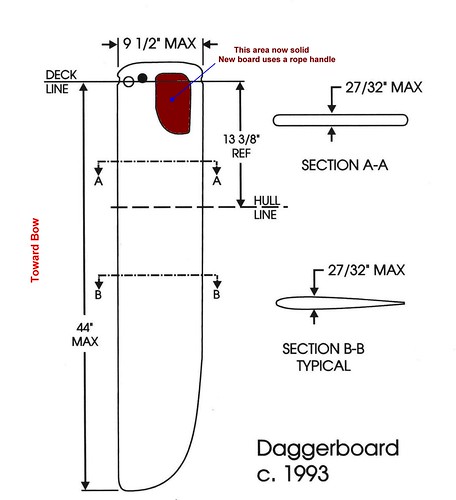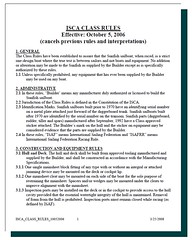Geophizz
Member
I've recently started racing. I've rigged the boat with a new racing sail, ratchet block, new lines and a sanded and polished hull, and refinished wood daggerboard and rudder. I'm getting great starts, but by the first mark I've noticed that I can hold my own, and generally beat racers with wood daggerboards, but I am getting my posterior kicked by guys with the plastic boards.
I've noticed two things:
1. They guys with plastic daggerboards seem to be able to point about 5-10 degrees higher than me upwind. When I try to match them I stall out.
2. The plastic daggerboard guys are generally more serious and knowledgeable about racing.
My question is this: Does the plastic racing daggerboard actually make that much of a difference, or is it more of a function of us wood daggerboard guys just not knowing what we are doing?
My real question is this: Should I buy a plastic daggerboard, or work on my technique?
I've noticed two things:
1. They guys with plastic daggerboards seem to be able to point about 5-10 degrees higher than me upwind. When I try to match them I stall out.
2. The plastic daggerboard guys are generally more serious and knowledgeable about racing.
My question is this: Does the plastic racing daggerboard actually make that much of a difference, or is it more of a function of us wood daggerboard guys just not knowing what we are doing?
My real question is this: Should I buy a plastic daggerboard, or work on my technique?


